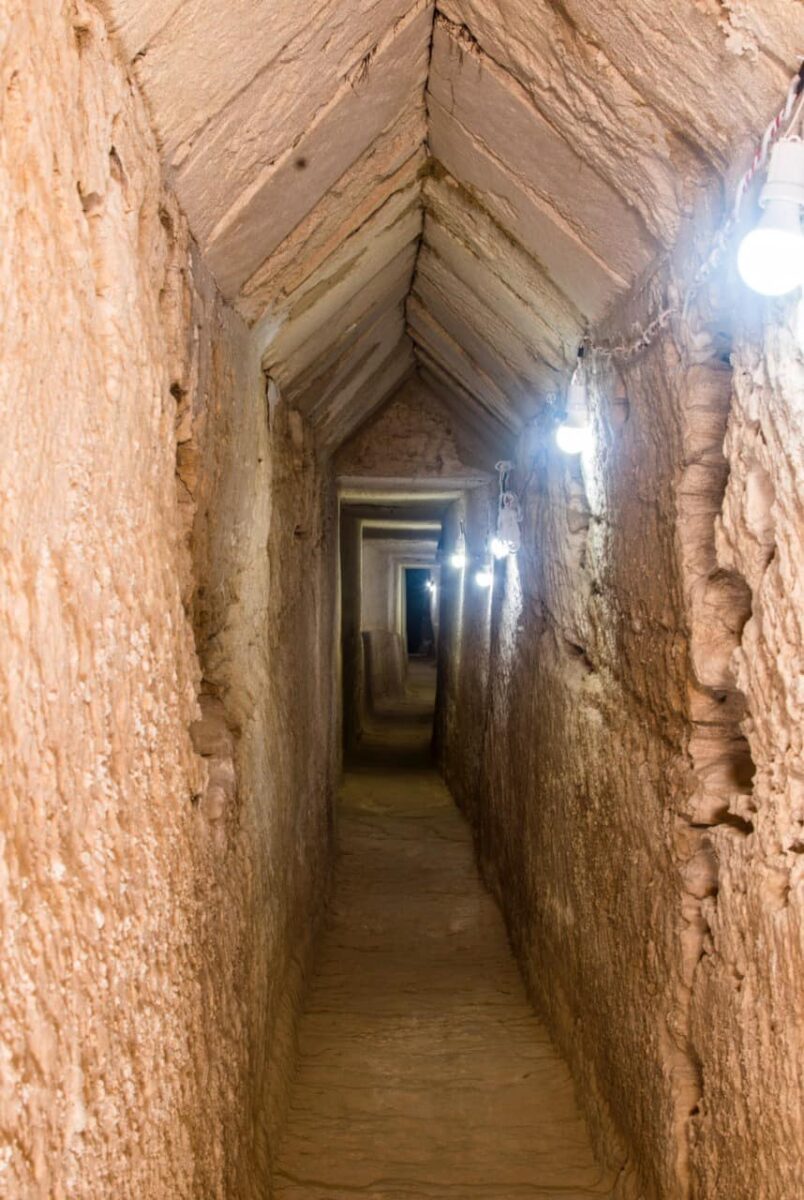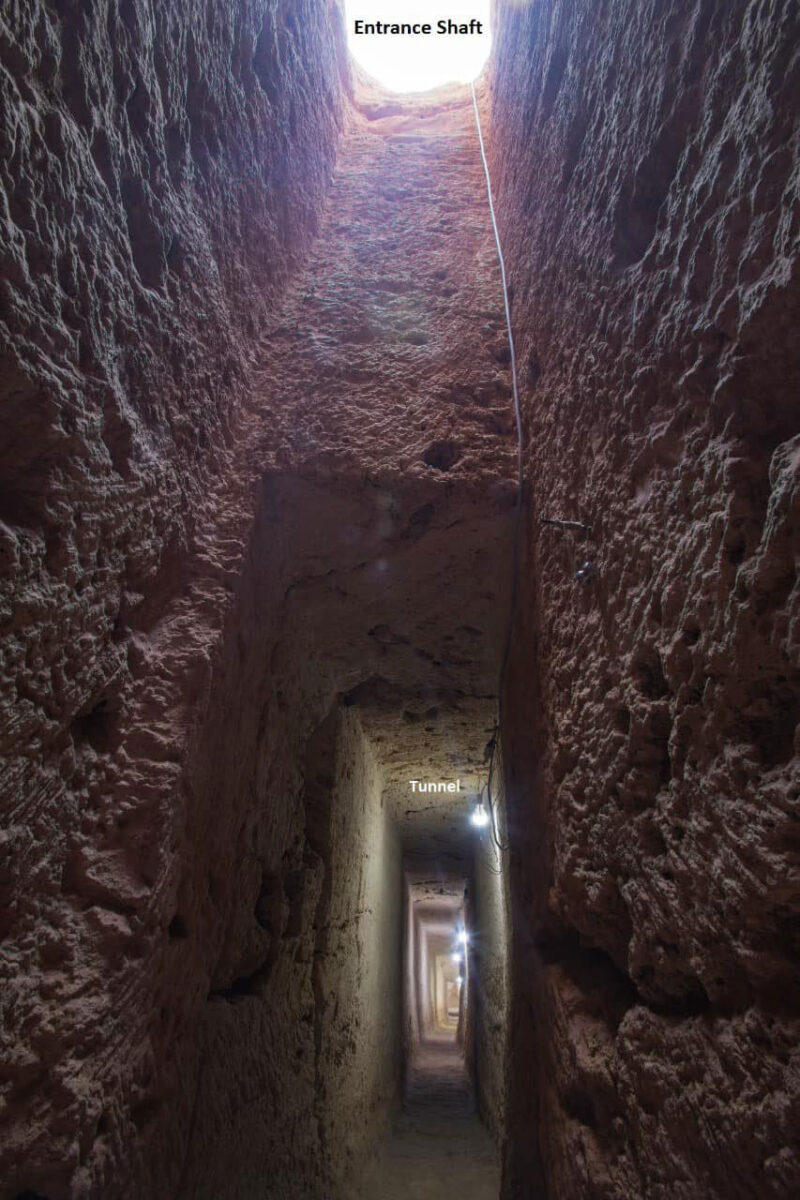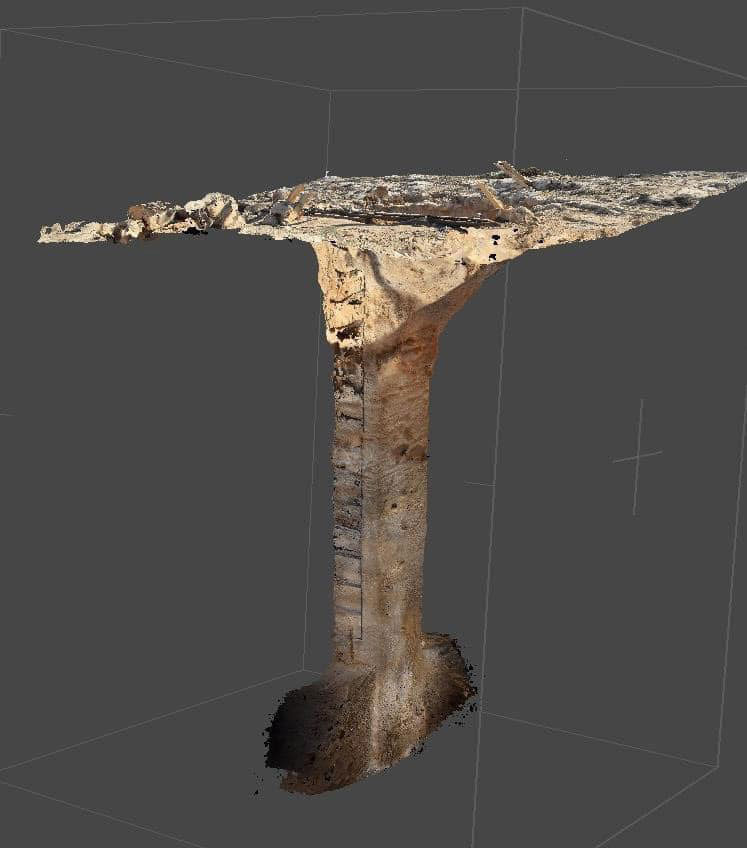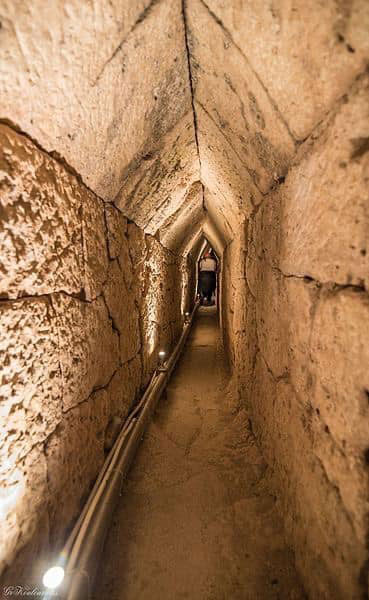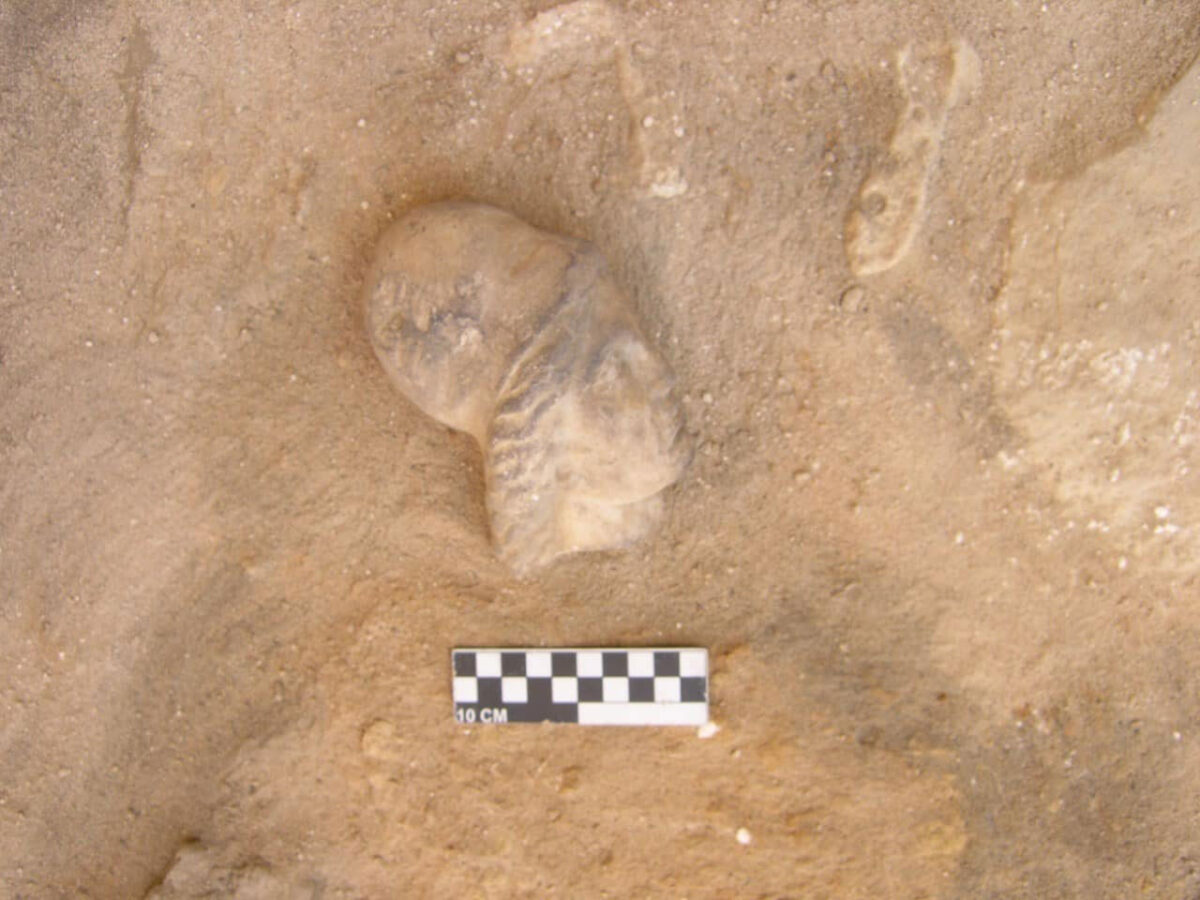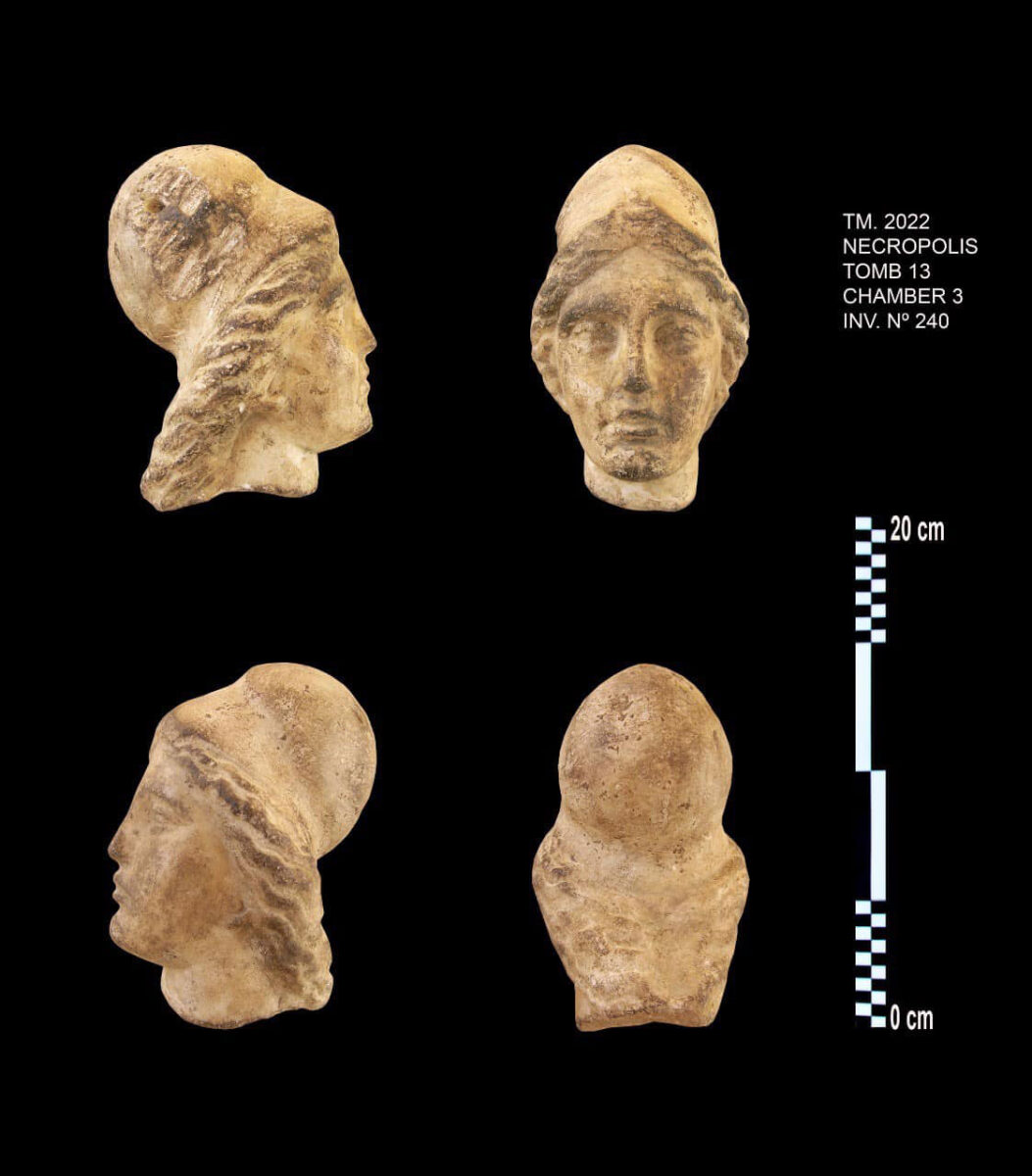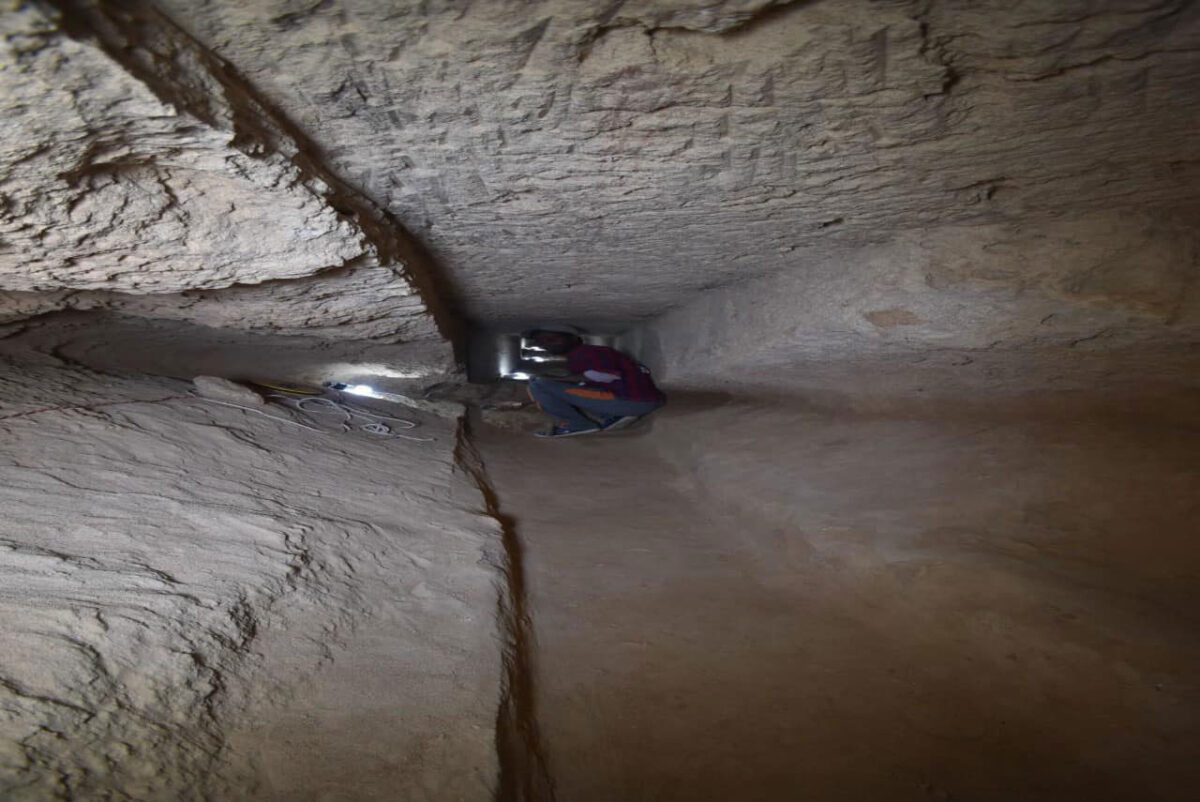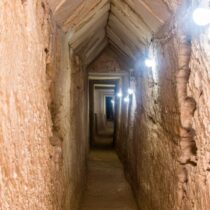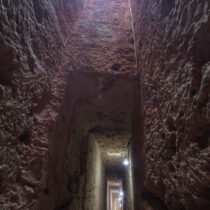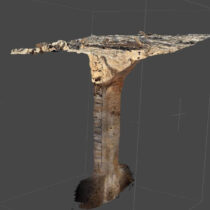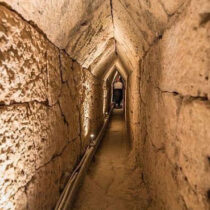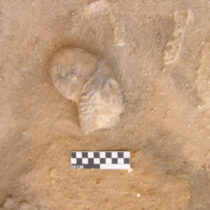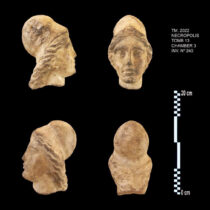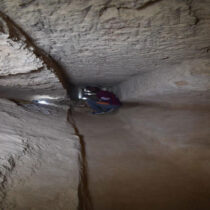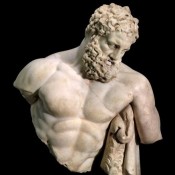The Dominican-Egyptian archaeological mission of the University of San Domingo, headed by Dr. Kathleen Martinez, succeeded in discovering a tunnel carved into the rock at a depth of about 13 meters below the surface, during the archaeological excavation of the mission in the area of the Temple of Taposiris Magna, west of Alexandria.
Dr. Mustafa Waziri, Secretary-General of the Supreme Council of Antiquities, noted that the tunnel is about 1,305 m long and about 2 m high. Two heads made of alabaster were found near the temple, one of which depicts a person from the Ptolemaic period, and the other is likely to be a statue of a Sphinx.
Dr. Kathleen Martinez, head of the mission, explained that preliminary studies indicate that the tunnel is very similar in design to the Eupalinos Tunnel in Greece.
She added that during the excavations and the survey of the tunnel, a part of the tunnel was discovered submerged under the waters of the Mediterranean Sea. Pottery and a rectangular block of limestone were found under the mud deposits. Part of the foundations of the temple of Taposiris Magna, which the mission is currently working to uncover, had been submerged underwater. According to sources, at least 23 earthquakes struck the Egyptian coast between 320 AD and 1303 AD, which led to the collapse of part of the Taposiris Magna temple.
It is worth noting that during the previous excavation seasons, the mission was able to find many important artifacts, including coins bearing the images and names of Queen Cleopatra and Alexander the Great, and a number of statues, some depicting the goddess Isis, in addition to various inscriptions and busts. The mission has also revealed a network of tunnels extending from Lake Mareotis to the Mediterranean, 16 burials in rock-cut tombs of the style commonly used in the Greek and Roman periods, and a number of mummies that highlight the features of the mummification process during the Greek and Roman periods.
